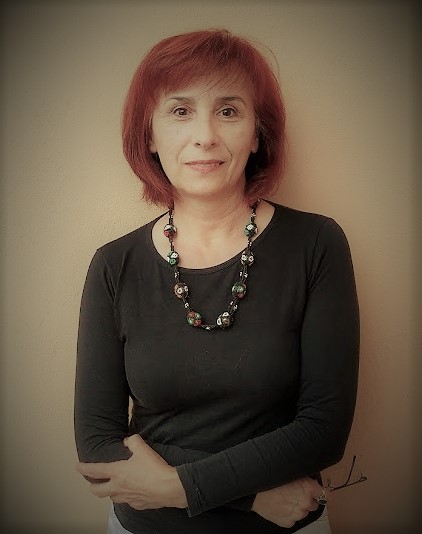We place cookies on your computer to remember your settings and understand how people use our website. By using this site you accept this.

The series "Children's Drawing Interpretations" was launched in the second half of the nineties. I was probably inspired by the various trends of the century (such as Art Informel and Arte Povera), but most of all, my children, who visited my studio every day, overwhelmed me with their tiny drawings. I could not resist their inherent strength, this brilliant world full of miracles, so I thought why not paint large canvases from those drawings. Eventually, using different materials and techniques, I created a series of pieces of varying sizes. At the exhibition, the children's drawings were displayed side by side with their interpretations.
The Old Testament book of Jonah presents the existential crisis of a prophet; human and divine aspects clash in a sometimes comic, then tragic manner. I see this series, which consists of a book object, collage-maps and easel pictures, mainly as a spiritual practice because what is important for me is the reception and accommodation of the text. Medieval handwritten, illuminated books and satellite images of big cities equally impacted the aspect of this series. As part of the spiritual practice, I drew the letters of the Book of Jonah, one by one, on the pages of the book object made of advertising magazine sheets.
With its lines, columns and entire text body, the advertising magazine shows a great similarity to satellite imagery of human settlements, which have become emblematic by now. That’s why it proved an ideal material to actually present the sacred text, not only as a symbol but also for its formal-factural nature.
Drawn one by one on the printed text of an advertising magazine valid for one day, made of undemanding material, the letters refer to the miracle: the encounter of the sacred and the profane. Additional pieces of the series (collages, tableaux) have all emerged as a result of this seminal undertaking.
Chromatic-memory exercises
Not long ago, I made a discovery: rather than mere decorations, stripes in traditional homespun materials served to pinpoint the number and size of the estates in the ever-attentive, approving or disapproving gaze of the community. This banal information triggered me to survey my "possessions". Mine is all that I can bring up from my memory: the colours of my scenes. The first evoked chromatic memory, accordingly, is a colour guide similar to a simple factory color sample, which I tried to paint as accurately as possible.
However, memory creates intricate relationships and, allying with technique, confers new meanings to things we have known in a certain way. That’s how watercolors like Jacob’s Ladder, Stirring up the Water and Depth were born and then, in quick succession, the rest of the series. They were created with pure pictorial tools, releasing colour from formal restraints, then giving it a new form relying on, as well as based on, its emotional content. Rhythm as a structure-generating principle, also working in music, has been decisive: it equally exerts its effect in time and space; also, it has been able to organize stable elements (form-colour scale cells, the line grid) and an ever-changing, spontaneous processes (color patches) in a unity. They are now elements set in a disciplined order, formed of bands, organized similarly to musical structures. So the image is embodied in the tension between these two constants: rhythm and technical necessity. The line grid, as the image of the silence between the sounds, the expression of the invisible, immaterial, timeless, separates but also connects.